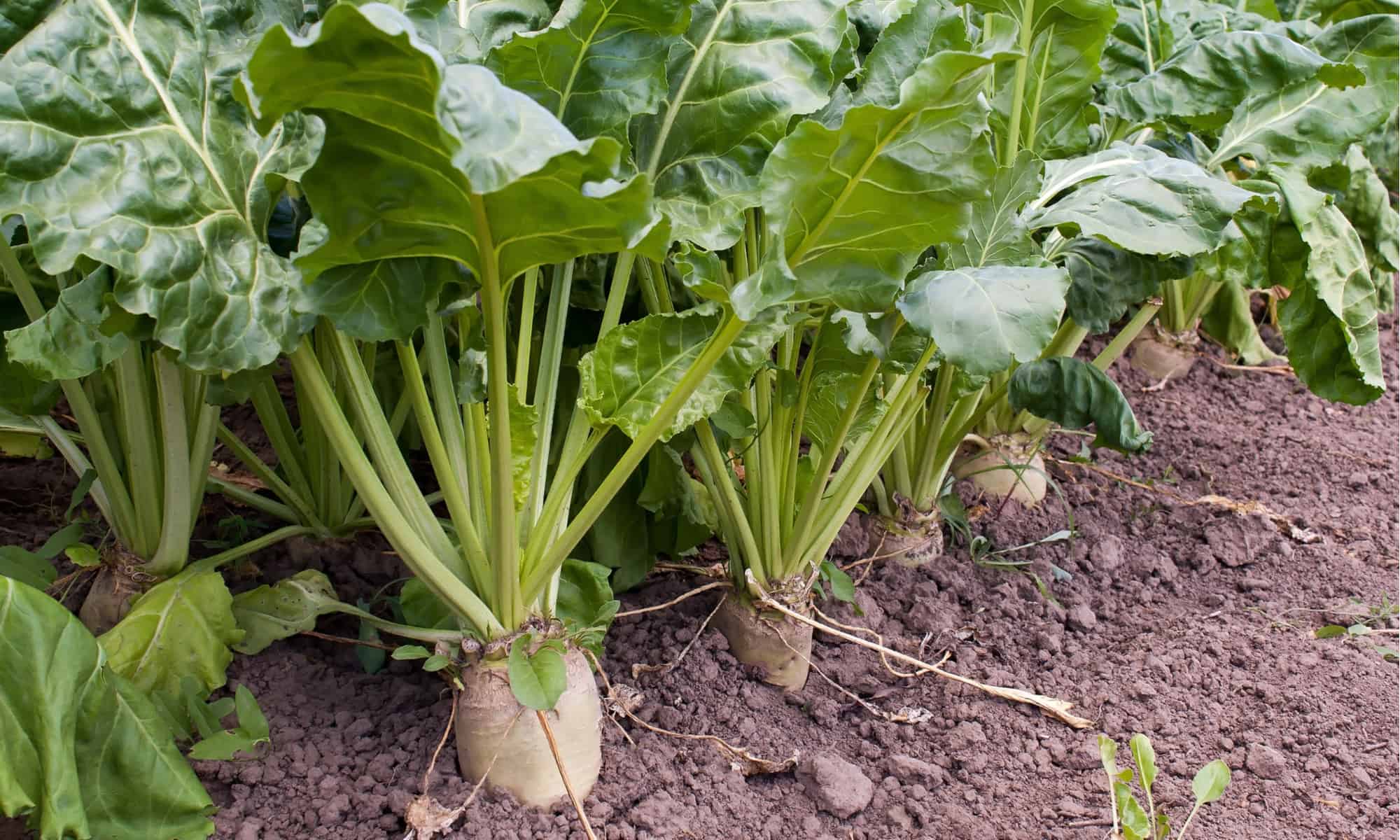A key factor in the beet sugar vs cane sugar debate is how each variety impacts culinary results.
Discover the Uses and Benefits of Beet Sugar Vs Cane Sugar in Your Daily Diet Regimen
Exploring the distinctive qualities of beet and cane sugar exposes more than just their sweetening capacities; it highlights their distinct influences on health and cooking arts. Beet sugar, known for its subtle taste, is frequently preferred in delicate desserts, whereas cane sugar, with its tip of molasses, includes richness to durable dishes. Each type holds its very own dietary profile and glycemic ramifications, welcoming a much deeper understanding of their roles in a well balanced diet regimen and sustainable usage methods.
Beginning and Production Processes of Beet and Cane Sugar

The distinct environments and soil kinds needed for growing sugar beetroots and sugarcane add to differences in their cultivation techniques and geographical distribution, affecting the economics and sustainability of their production. beet sugar vs cane sugar.
Nutritional Comparison Between Beet Sugar and Cane Sugar
Regardless of stemming from various plants, beet sugar and cane sugar are nutritionally really comparable, both primarily consisting of sucrose. Each offers regarding 4 calories per gram, equating to approximately 16 calories per tsp. Structurally, both sugars are made up of about 99.95% sucrose, with marginal quantities of other compounds like wetness and trace element, which do not dramatically modify their dietary accounts.

Eventually, when selecting between beet sugar and cane sugar based on nutritional material alone, both offer similar advantages and disadvantages as they are essentially types of the exact same particle-- sucrose, supplying fast power without other nutrients.
Influence on Wellness: Glycemic Index and Caloric Content
Exploring further right into the impacts of beet sugar and cane redirected here sugar on health and wellness, it is very important to consider their my link glycemic index and caloric web content. Both sugars are categorized as sucrose, which includes sugar and fructose. This make-up leads them to have a comparable influence on blood sugar level degrees. The glycemic index (GI) of both beet and cane sugar is around 65, categorizing them as high-GI foods, which can create fast spikes in blood sugar degrees. This is an essential aspect for individuals managing diabetes mellitus or those attempting to stabilize their power levels throughout the day.
Each type of sugar has around 4 calories per gram, making their caloric material matching. For those keeping an eye on caloric consumption, especially when handling weight or metabolic health conditions, recognizing this equivalence is important (beet sugar vs cane sugar). Nonetheless, excessive intake of any high-calorie, high-GI food can add to wellness issues such find here as excessive weight, heart problem, and insulin resistance.
Environmental and Economic Considerations of Sugar Production
Beyond wellness influences, the manufacturing of beet and cane sugar additionally elevates substantial ecological and financial worries. Sugar beet growing has a tendency to require cooler climates and has a lower geographical impact contrasted to sugar cane, which flourishes in tropical regions.
In addition, making use of chemicals and fertilizers in both beet and cane sugar cultivation can result in soil destruction and air pollution, more affecting biodiversity and regional water bodies (beet sugar vs cane sugar). The choice in between growing sugar beet or cane often hinges on neighborhood ecological conditions and economic variables, making the sustainability of sugar manufacturing a complicated issue
Culinary Applications and Taste Distinctions
While the environmental and financial elements of sugar production are indeed substantial, the option between beet and cane sugar additionally influences culinary applications and taste accounts. Beet sugar, originated from the sugar beet plant, is understood for its remarkably neutral preference. This makes it a flexible ingredient in cooking, where it does not alter the taste of other parts. It dissolves promptly and is suitable for use in cakes, cookies, and breads.
Walking stick sugar, drawn out from sugarcane, usually retains molasses traces, which pass on an unique richness and deepness. The mild variation in moisture content between beet and cane sugar can affect the texture and consistency of dishes, making cane sugar a preferred choice for specific dishes that profit from its unique homes.

Verdict
In verdict, both beet and cane sugar have unique origins and production procedures, supplying comparable nutritional profiles with mild distinctions in sodium content and taste. While their effect on health and wellness, especially concerning glycemic index and calories, is similar, the option between them often comes down to ecological, economic variables, and certain culinary needs. Recognizing these elements can assist consumers in making educated decisions that align with their wellness goals and taste preferences.